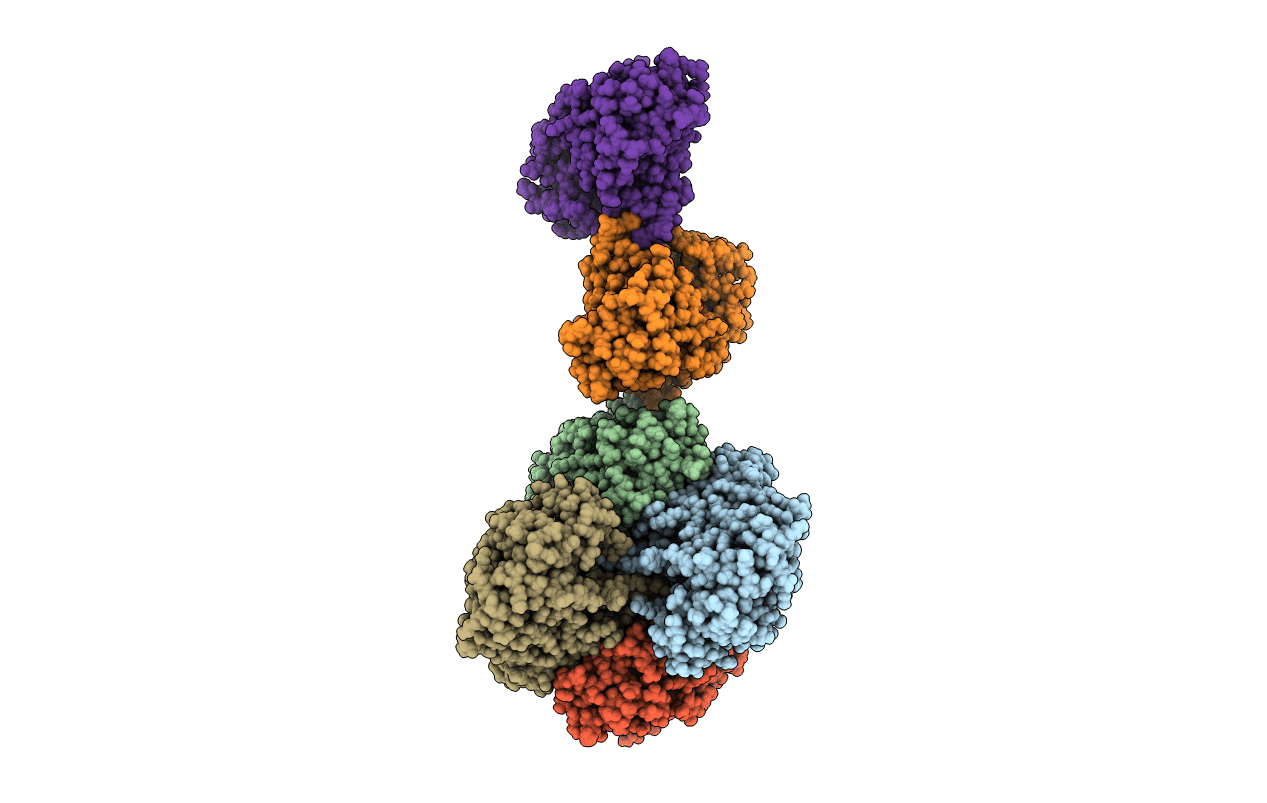
Deposition Date
2015-04-27
Release Date
2016-03-02
Last Version Date
2024-11-20
Entry Detail
PDB ID:
4ZHS
Keywords:
Title:
Crystal Structure of Aspartate Semialdehyde Dehydrogenase from Trichophyton rubrum
Biological Source:
Source Organism:
Trichophyton rubrum BMU01672 (Taxon ID: 570842)
Host Organism:
Method Details:
Experimental Method:
Resolution:
2.60 Å
R-Value Free:
0.25
R-Value Work:
0.21
R-Value Observed:
0.21
Space Group:
P 31 2 1


